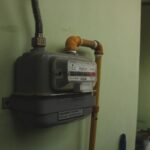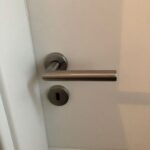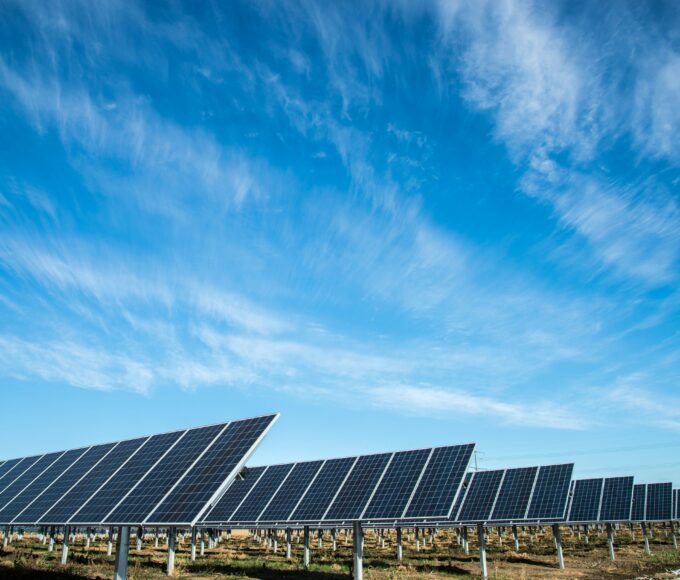Every car owner knows that maintaining the pristine look of their vehicle can be a constant battle. From road debris to harsh weather conditions, various factors can damage your car’s finish and diminish its value. Enter Paint Protection Film (PPF)—your secret weapon against everyday wear and tear. This innovative solution offers more than just peace of mind; it provides an invisible shield for your paintwork, ensuring that your car stays looking brand new for years to come. Whether you drive a sleek sports car or a trusted family SUV, understanding PPF could change how you protect your investment forever. Let’s dive deeper into what makes this protective film such a game-changer!
The Process of Installing PPF
The installation of paint protection film (PPF) is a meticulous process that requires precision and skill. First, the vehicle undergoes thorough cleaning. This step ensures that any dirt or contaminants won’t affect adhesion.
Next comes careful measurement and cutting of the PPF to fit specific areas of the car. Many professionals use advanced software for accurate templates, ensuring perfect coverage without excess material.
Once cut, the installer applies a special solution to both the car’s surface and the adhesive side of the film. This allows for repositioning during installation while helping eliminate air bubbles.
After placing the film on the car, a squeegee is used to smooth it out carefully. Heat can be applied in some cases to help mold it around curves and contours seamlessly.
Edges are tucked away neatly into crevices or under trim for an invisible finish. This results in a flawless look that enhances your vehicle’s appearance while providing robust protection.
Benefits of PPF for Car Owners
Paint Protection Film (PPF) offers a shield against the daily wear and tear that can mar your car’s finish. From road debris to environmental factors, this film acts as a barrier, keeping your vehicle looking pristine.
One of the standout benefits is its ability to resist scratches and chips. This means fewer trips to the body shop for repairs.
Additionally, PPF helps maintain resale value. A well-preserved exterior can significantly enhance trade-in or sale prices down the line.
Another perk is that many films are self-healing. Minor scratches often disappear with heat from sunlight or a warm garage, making upkeep easier for busy car owners.
Applying PPF doesn’t alter your vehicle’s appearance. It provides protection while maintaining that showroom shine every car lover appreciates.
Maintaining and Caring for Your PPF
Maintaining your Paint Protection Film (PPF) is essential for keeping its integrity. Start with gentle cleaning. Use a pH-neutral soap and a soft microfiber cloth to wipe away dirt and grime.
Avoid abrasive materials, as they can scratch the film. Rinse thoroughly to prevent any soap residue from settling on the surface.
Regular inspections are important too. Look for signs of wear or lifting edges, especially around high-impact areas like the front bumper or hood. If you notice any issues, consult a professional installer promptly.
When it comes to waxing, choose products specifically designed for PPF. This helps maintain shine without damaging the film’s surface.
Avoid exposing your vehicle to extreme heat or sunlight for prolonged periods. Whenever possible, park in shaded areas or use car covers designed not to trap moisture under them. Taking these steps will enhance both the appearance and longevity of your paint protection film.
The Installation Process
The installation of Paint Protection Film (PPF) is a meticulous process that requires skill and precision. It begins with thorough cleaning and preparation of the car’s surface to ensure optimal adhesion. Any dirt, dust, or debris can compromise the film’s effectiveness.
Next, the PPF is carefully measured and cut to fit each section of your vehicle. This step often involves using specialized software and tools for accuracy. The installer then applies the film using a combination of techniques—some prefer a wet application while others may choose a dry method—to eliminate air bubbles and ensure smoothness.
Heat guns are frequently used during installation to make the material more pliable around curves and edges. It’s crucial at this stage to pay attention to detail; any imperfection can affect not only aesthetics but also protection quality.
After fitting, installers will trim excess film from edges for a clean finish. Once applied, it’s important to follow specific aftercare recommendations provided by professionals for best results over time.
Trusting experts in PPF installation ensures your vehicle receives top-notch treatment while preserving its beauty against wear and tear from everyday driving conditions. With proper care post-installation, you’ll enjoy long-lasting protection that keeps your car looking pristine for years ahead.
















